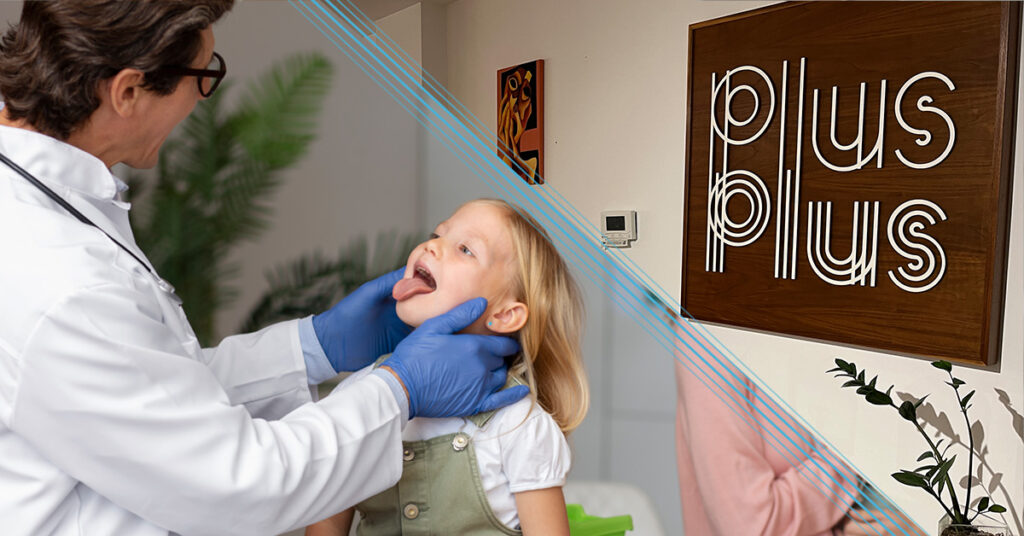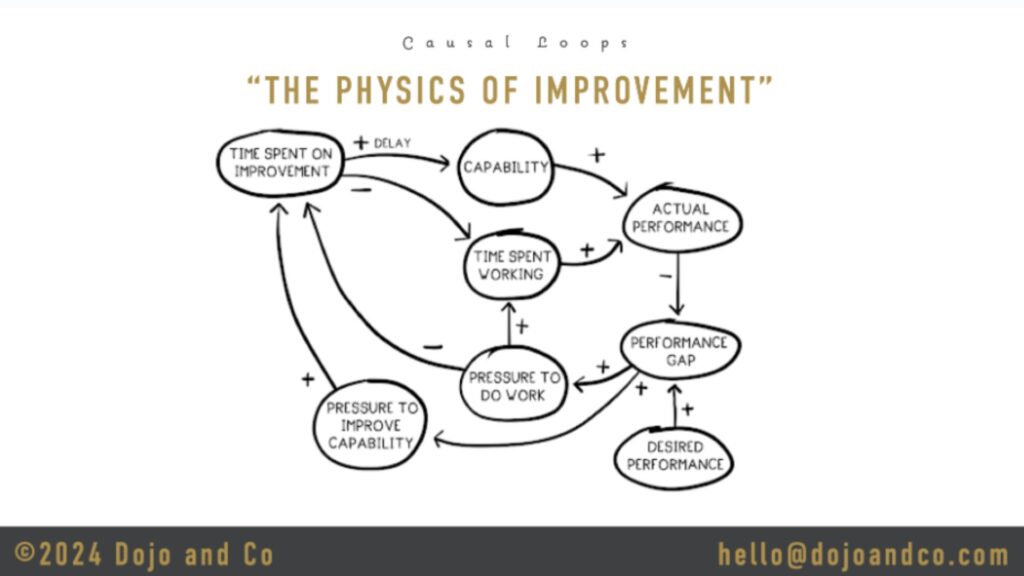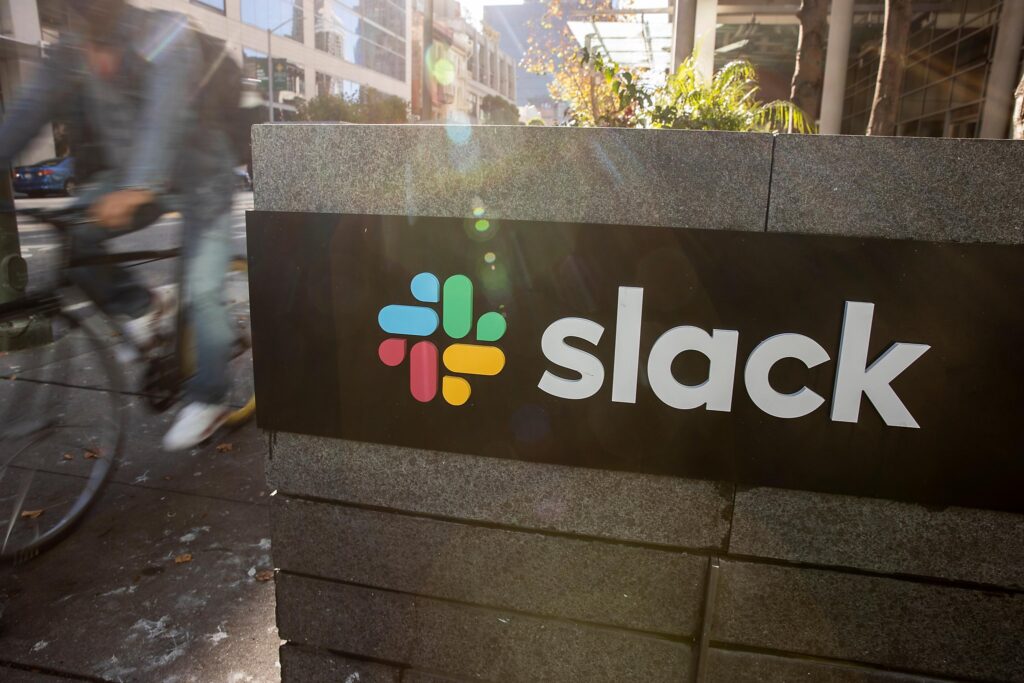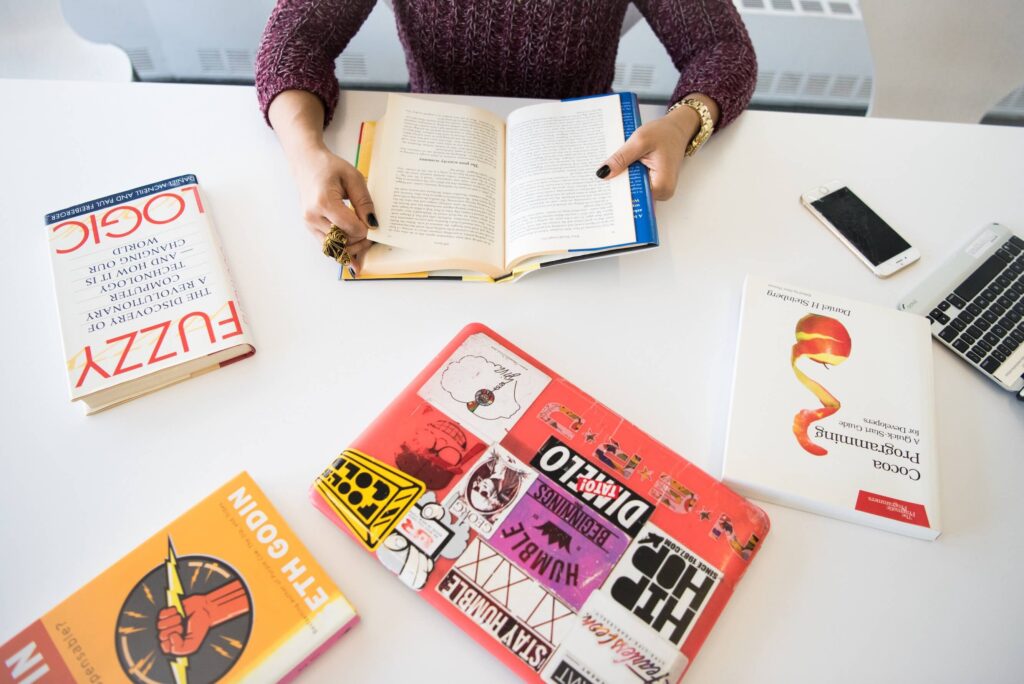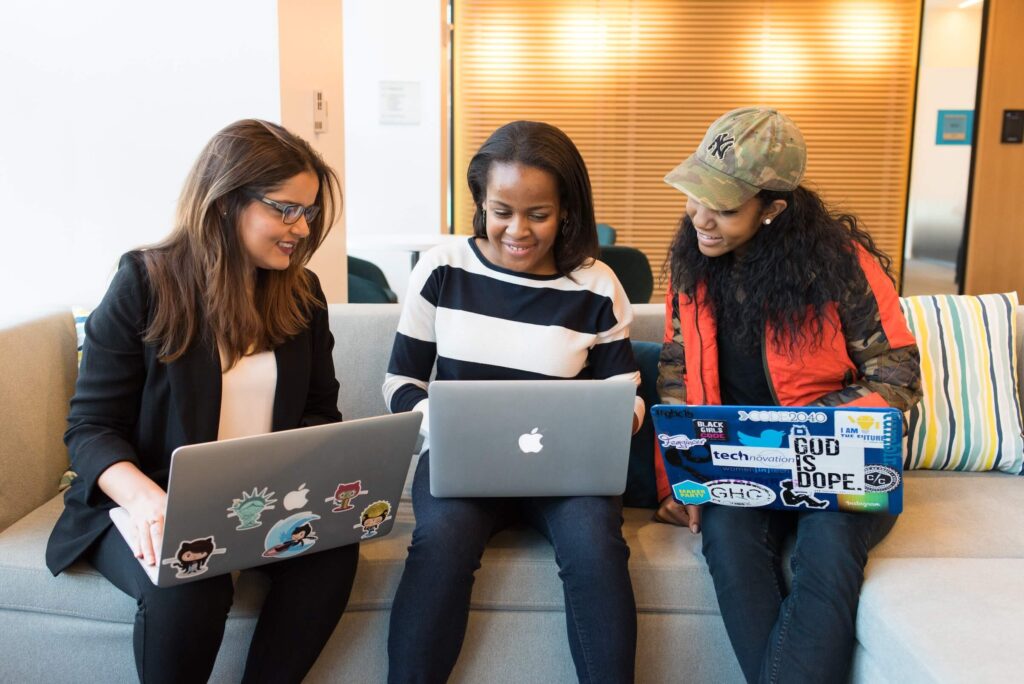Overview
In recent times, connecting with others to learn has become challenging. Around the world, organizations are striving to find new ways to bring their communities together.
Every month, PlusPlus gathers together leaders working at the intersection of technical training and learning and development for the TechKnowCon Roundtable to explore topics top of mind for the industry.
GitHub, the world’s leading software development platform, was one of the two companies to present their ideas at the June 2020 discussion.
Here, Kristina Norris, senior human resources business partner at GitHub, describes how the company prioritizes a remote-first environment and brings their community together to support learning and growth.
Prioritize documentation
Kristina explains that documentation is a critical element in the success of GitHub’s distributed workforce. Working in a globally distributed company means that not everyone can attend meetings live, but their contribution is still valuable.
To give every team member a voice, GitHub does its best to set expectations and deadlines that are inclusive of asynchronous collaboration. This way, team members who are not in the time zone are included in the decision-making process.
When a conversation happens live between team members, there is an expectation that somebody is taking down notes and putting them into an issue. Issues are tools used at GitHub to keep track of projects. Team members must also place the saved data into a relevant repo, which is like a folder. They can then refer back to the notes even if they weren’t present.
Kristina adds that careful documentation is essential for transparency, which builds trust. This foundation helps people do their best work – even outside of the typical nine-to-five in one timezone.
Create working agreements
Another way that GitHub brings its remote-first community together is by creating working agreements.
Kristina explains that when managers are responsible for team members in a different time zone to their own, especially in other countries, they are encouraged to create working agreements from the start to avoid any proximity bias.
She adds that making sure agreements align with expectations is essential, especially when setting team members up for success ahead of performance evaluation conversations.
Manage change mindfully
Kristina highlights that change, particularly sudden shifts like the COVID-19 pandemic, can be challenging for people to manage.
Despite having a remote-first culture, the team at GitHub realized the need to create space and opportunities for people to connect.
Using wellness surveys, they asked how people were feeling and what was important to them. This data-informed the decision on their office reopening approach.
The team found that many regular office attendees missed their co-workers more than the office itself.
There was also a feeling that it was important to open their shared spaces. Instead of rushing to open their offices, they looked into fun ways to engage and connect their cross-functional teams to meet this need.
Make virtual personal
Kristina also shows facilitators how to make a virtual meeting more engaging and personal:
She explains that there are opportunities to make meetings or learning experiences virtual without losing the benefits of a person-first experience.
Encouraging participants to communicate with one another, especially in a one-to-one or private setting, is crucial. It helps to build trust and accountability instead of digesting information in a silo.
Additionally, sharing back what they have learned helps to cement any new information.
Participants also need to reflect on how they can apply what they have learned to their work.
In summary
- Prioritize documentation for company transparency
- Create working agreements to reduce proximity bias
- Manage change mindfully by understanding that change is challenging
- Make virtual learning personal by getting people to talk to one another and share what they’ve learned with each other

